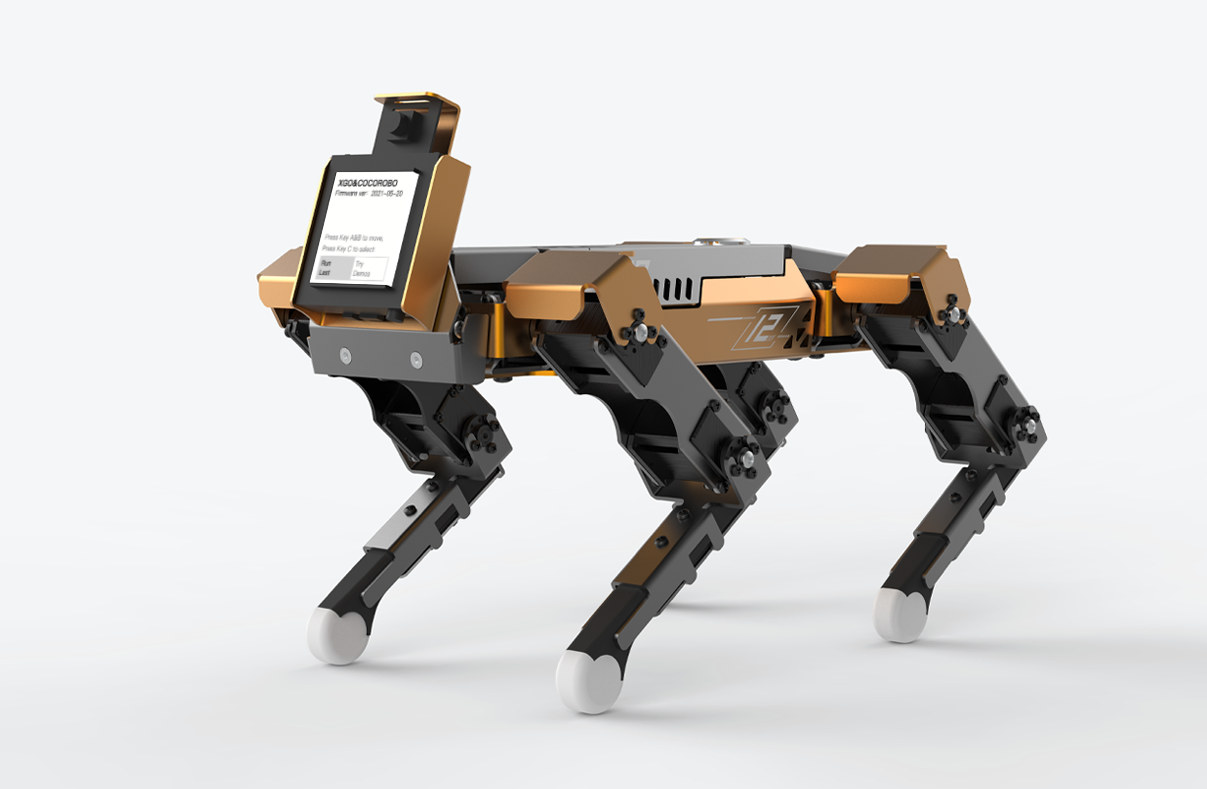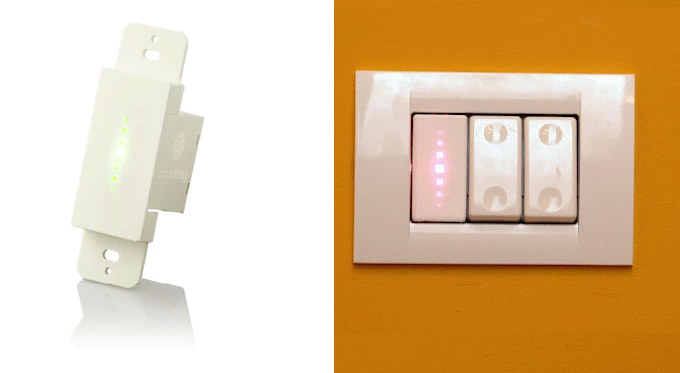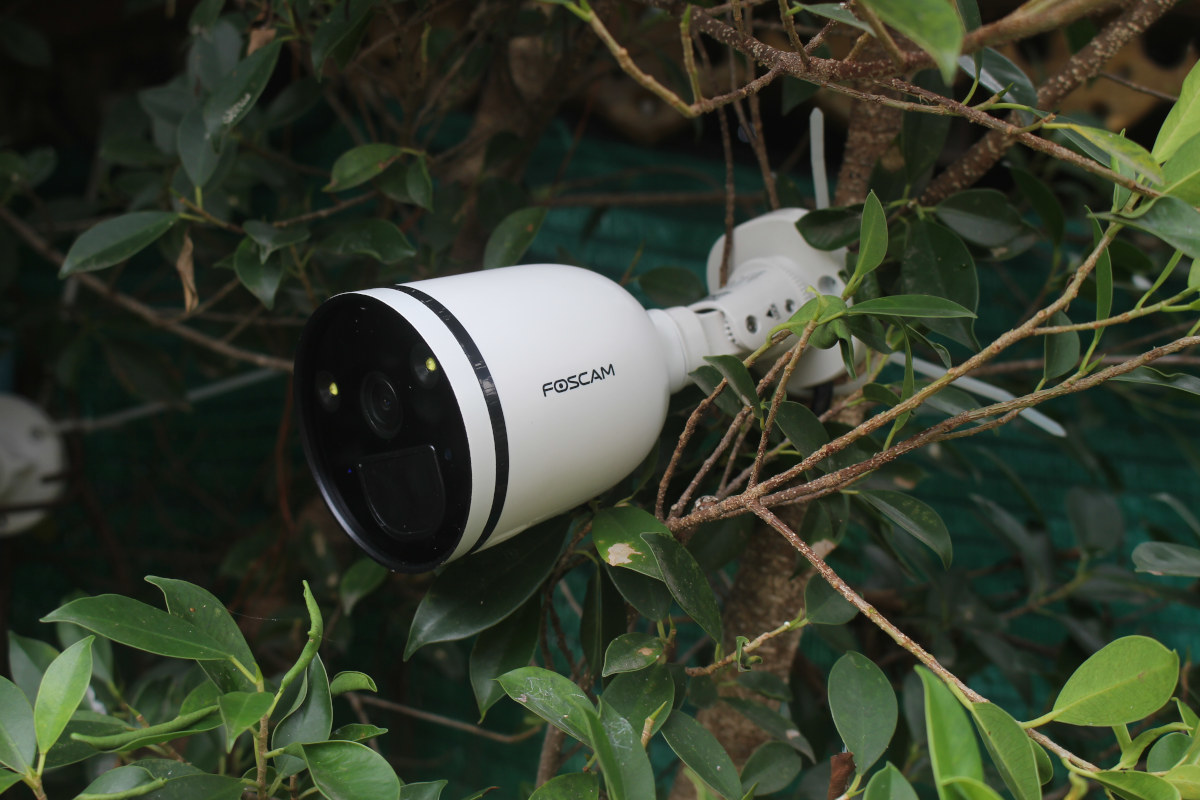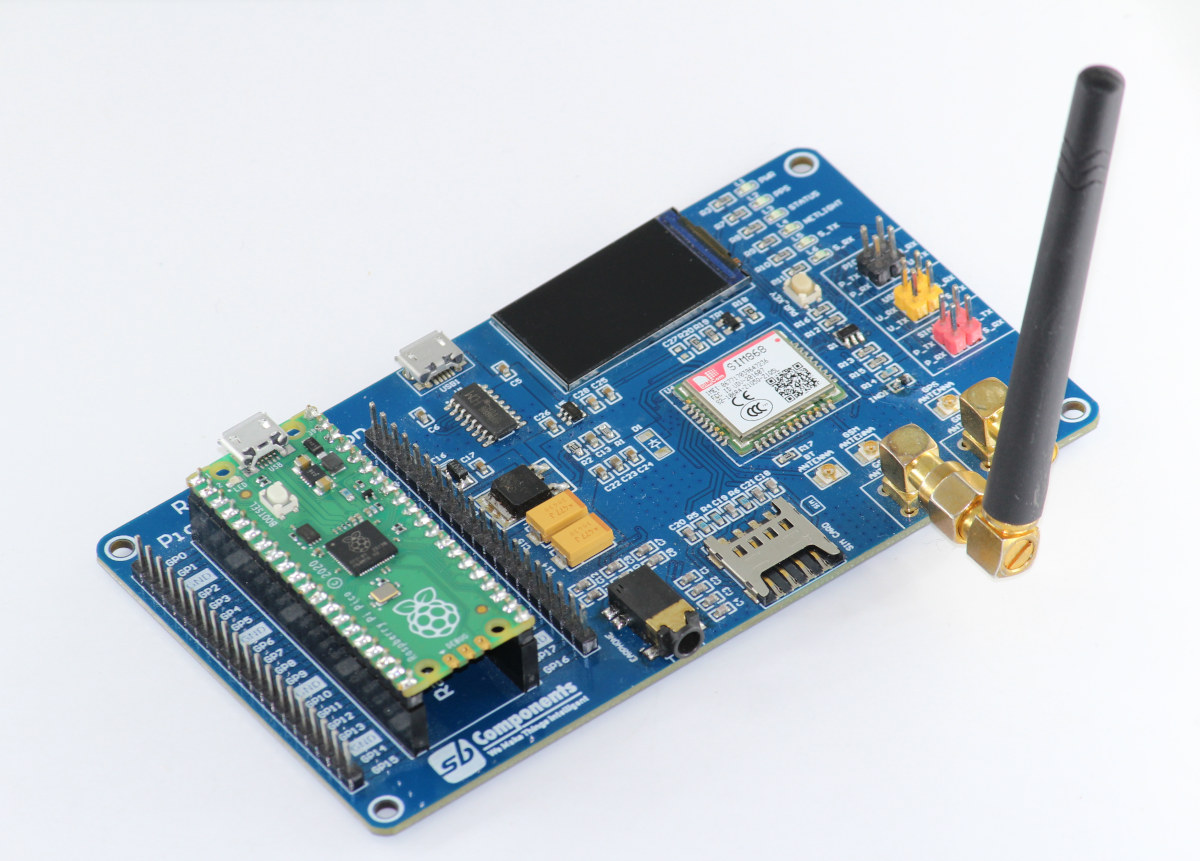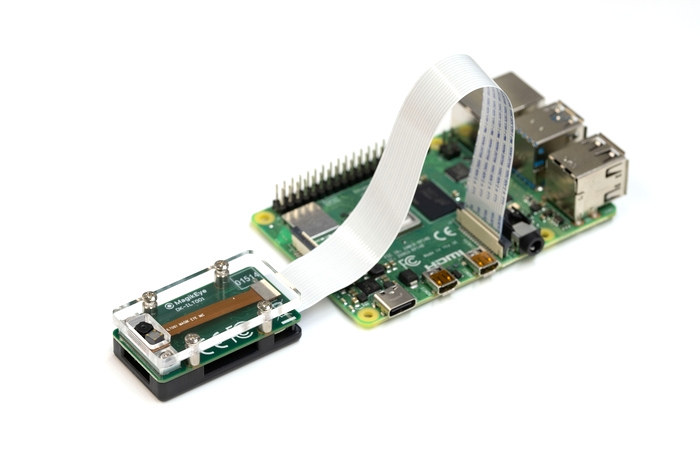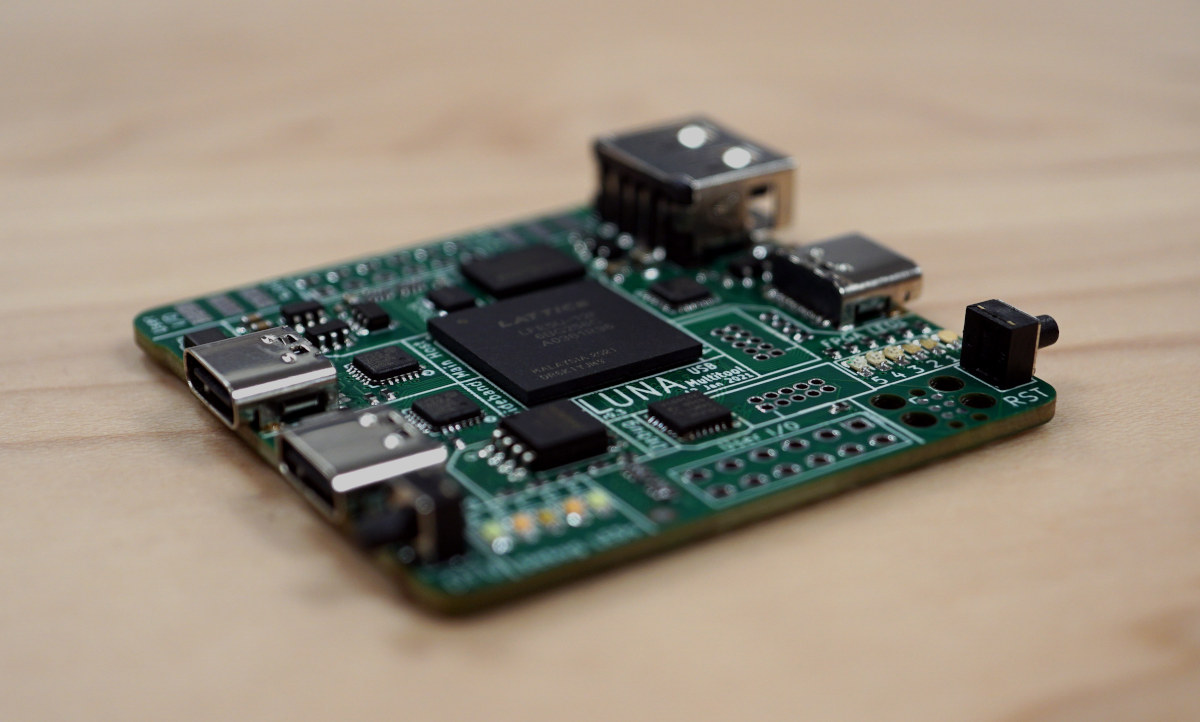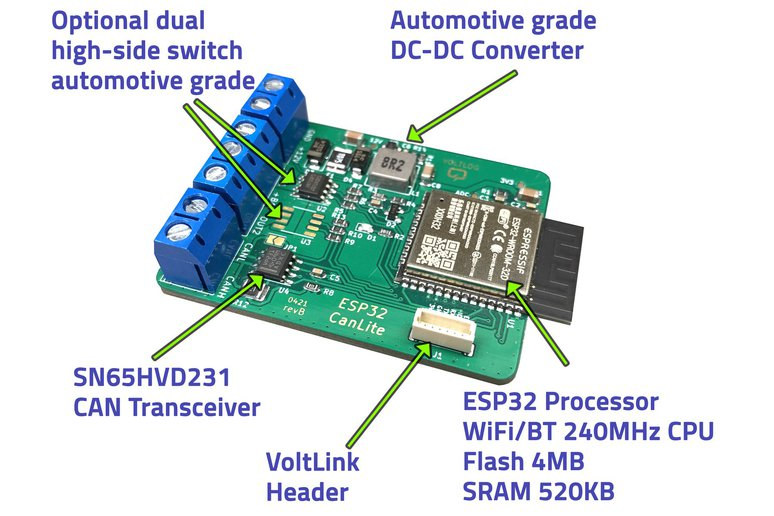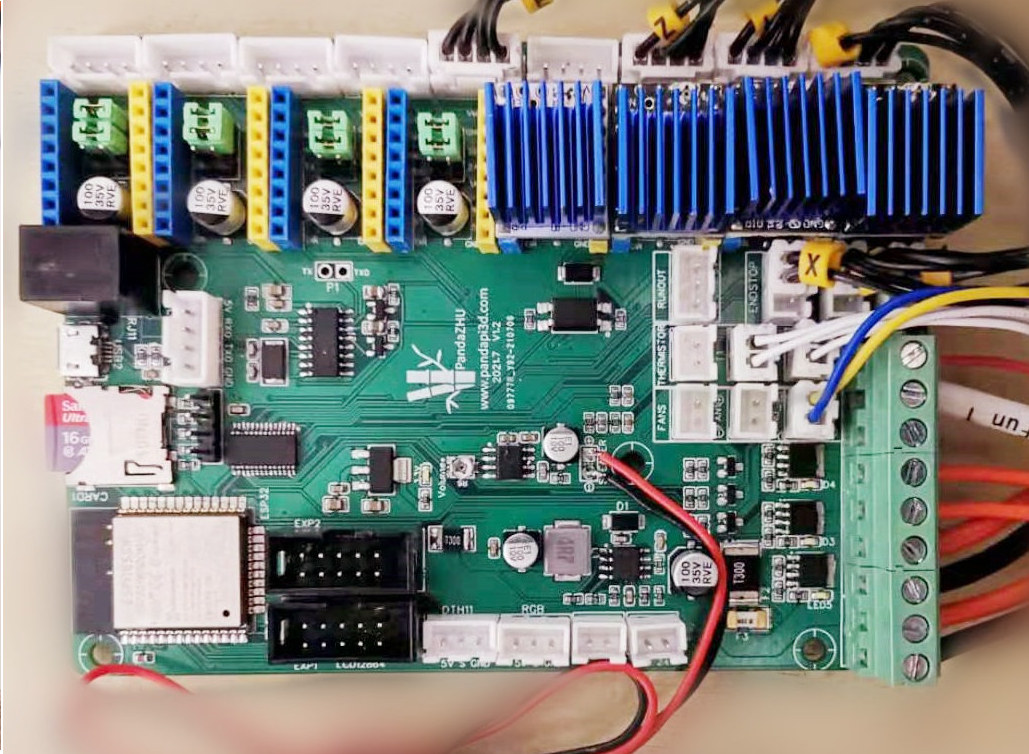[Update: Initially published on July 30th, XGO Mini Pro robot dog is now up on Kickstarter. While it was listed on the Kendryte K510 product page, it is only offered with the earlier Kendryte K210 in the crowdfunding campaign] Kendryte K510 RISC-V AI processor is the successor of Kendryte K210 with much more AI processing power (2.5/3 TOPS) that makes it suitable for robotics projects demanding much lower latency and quasi-real-time inference. One of the first products to be compatible with both Kendryte K510/K210 capabilities is Luwu Intelligence Technology’s XGO Mini Pro, a four-legged robot that looks like a dog with a tiny head providing the “smarts” for the system including face detection, image recognition, object tracking, voice recognition, and so on. We first found the description of the robot on Canaan’s website is rather short with an explanation that when equipped with is equipped with a 9-axis IMU and […]
SmartBug smart switch integrates neatly into in-wall sockets (Crowdfunding)
SmartBug is a smart switch based on ESP32 wireless SoC, equipped with several sensors to measure temperature, humidity, power usage, and listen to sounds. It is designed to fit neatly into most in-wall sockets found around the world. Each SmartBug relies on mesh networking to communicate with each other and extend the range, WiFi for Internet connection, and Bluetooth low energy (BLE) to control additional devices without the need for any additional hub. SmartBug’s key features: MCU – 32-bit dual-core microcontroller with WiFi, wireless mesh, Bluetooth LE Connectivity 2.4GHz WiFI 4 Wireless mesh to let SmartBug act as a signal repeater Bluetooth 4.0 and BLE to control home appliances Audio Digital microphone for voices commands, baby crying (only enable if the plugin is downloaded in the app). Buzzer On-Off Relay up to 2200W, both AC and DC. Sensors – Temperature & humidity sensor, built-in power meter (current, voltage, and power) […]
Foscam SPC review – Part 2: Human detection, Android app, ONVIF support
In the first part of Foscam SPC WiFi spotlight camera review, we checked out the specifications, the package content, and some of the main components of the camera with SigmaStar SSC337DE processor and a Realtek RTL8822CS dual-band WiFi 5 module. I’ve now had time to play with the camera and tested it with the Foscam Android app, including human detection, and enabled ONVIF support to use the camera with compatible third-party apps or programs. Foscam SPC installation and setup with Android app Foscam SPC camera is designed to be wall-mounted, but for this review, I simply attached it to the branch of a small tree. Note that contrary to the other cameras I’ve tested, the camera angle can only be adjusted up and down or rotated, but there’s no direct left or right adjustment. I’ve also connected the power adapter to power up the camera, but I did not install […]
Pico 2G Expansion adds GSM/GPRS & GNSS to Raspberry Pi Pico (Crowdfunding)
You may have heard about the 2G/3G sunset with the older cellular networks being phased out in many countries. But it’s not always straightforward, as telecom operators may have to obtain regulators’ permission for the shutdown notably because of the eCall emergency services integrated into cars in Europe. Eventually, eCall will be migrated toward IMS Voice and 2G M2M services to 4G LTE IoT and 5G LPWA, but in the meantime, 2G networks are still operating in parts of the world, and UK-based SB Components has just introduced the Pico 2G Expansion board for Raspberry Pi Pico based on the SIM868 module. Raspberry Pi Pico 2G Expansion specifications: Compatible with Raspberry Pi Pico board Display – 1.14-inch LCD Cellular & GNSS Connectivity SIM868 module with GPRS multi-slot class 12/10, mobile station class B GSM 850/900/1800/1900 MHz GNSS – GPS/GLONASS/BDS Bluetooth 3.0 with audio support SIM card holder 2x SMA antenna […]
MagikEye Developer Kit enables 120 fps 3D sensing on Raspberry Pi
MagikEye ILT001 developer kit (DK-ILT001) is a low-latency 3D sensing kit that connects to the Raspberry Pi’s MIPI CSI camera connector and features the company’s Invertible Light Technology (ILT) module with an infrared laser and a CMOS image sensor. The company says a “unique algorithm” developed in-house can generate 3D point cloud datasets acquired at high speeds (up to 120 fps) and with very low latency using simple hardware configuration. The kit targets researchers, students, and hobbyists working on machine vision, robotics, automated carriers, and other projects that can benefit from low-latency 3D sensing. MagikEye DK-ILT001 kit key features and specifications 850nm infrared light laser CMOS image sensor Range up to 1.5 meters (15 to 80 cm recommended) Compatibility – Raspberry Pi Zero W/3B/3B+/4 Power Supply – 3.3V (via MIPI Interface on Raspberry Pi) Power Consumption – 0.6W (average) Dimensions – 44 x 24 x 16 mm (within enclosure) Weight […]
Cynthion board enables USB Hacking through Lattice ECP5 FPGA (Crowdfunding)
Update 16/02/2023: The LUNA board has been renamed to Cynthion, but the gateware framework continues to be called LUNA. Several USB hacking/debugging boards were launched in 2020 either based on microcontrollers or FPGA with the likes of Tigard (FTDI FT2232HQ), Ollie (STM32F042), Glasgow Interface explorer (Lattice Semiconductor iCE40), or Protocol Droid (STM32). All those were launched on Crowd Supply, and there’s now another one with LUNA “multi-tool for building, analyzing, and hacking USB devices” based on a Lattice Semiconductor LFE5U-12F ECP5 FPGA that raised over $100,000 in a few days. Cynthion hardware specifications: FPGA- Lattice Semiconductor LFE5U-12F ECP5 FPGA with 12K LUTs System Memory – 64 Mbit (8 MiB) RAM for buffering USB traffic or for user applications Storage – 32 Mbit (4 MiB) SPI flash for PC-less FPGA configuration USB – 3x High-Speed USB interfaces, each connected to a USB3343 PHY capable of operating at up to 480 Mbps. […]
CanLite ESP32 board for CAN Bus hacking support up to two high-side switches
Voltlog’s CanLite is not the first ESP32 CAN bus board we’ve covered here at CNX Software, having written about Olimex ESP32-EVB and CAN32 boards a few years ago. But the open-source hardware, compact CanLite board offers an alternative for CAN bus hacking with a built-in automotive-grade DC-DC converter as well as an optional two-channel high-side automotive-grade switches capable of switching up to 6A per channel. CANLite key features and specifications: Wireless module – ESP32-WROOM-32D module with Espressif ESP32-D0WD dual-core Tensilica processor, 4MB SPI flash, Wi-Fi 802.11 b/g/n up to 150 Mbps, Bluetooth 4.2 LE Terminal block for CAN Bus (ISO 11898-2 standard) up to 1Mbps via SN65HVD231 CAN transceiver. Output – High-side switching of the VBAT input up to 6A. (only if the option is purchased during checkout). Programming – 6-pin JST-SH VoltLink pin header Power Supply – 12V/0.5A via terminal block Dimensions – TBD The ESP32 CANLite board supports […]
PandaZhu – ESP32 powered 3D Printer controller board supports Marlin 2.0 & ESP3D WebUI
Around two years ago, we noted beta Marlin 2.0 support for ESP32 and some initiatives to create ESP32 powered 3D printer controller boards with built-in WiFi connectivity. Now Marlin 2.0 firmware officially supports ESP32 boards such as FYSETC E4, E4d@BOX, or MRR ESPA. Another ESP32 based 3D printer controller board has now been brought to my attention. PandaZhu supports up to eight motor drivers, up to three heaters, up to three thermistors, one external LCD display, and on the software-side, the board is compatible with Marlin 2.0 as well as ESP3D WebUI. PandaZhu board’s specifications: Wireless module – ESP32-WROOM-32 based on Espressif ESP32 dual-core Xtensa processor @ 240MHz with 520 KB SRAM, plus 4MB flash Connectivity – 802.11b/g/n up to 150 Mbps, Bluetooth 4.2 3D printer peripherals Up to 8x motor drivers Up to 3x heaters Up to 3x thermistors with 30°C to 250°C range, BLTouch auto-leveling sensor with a […]


